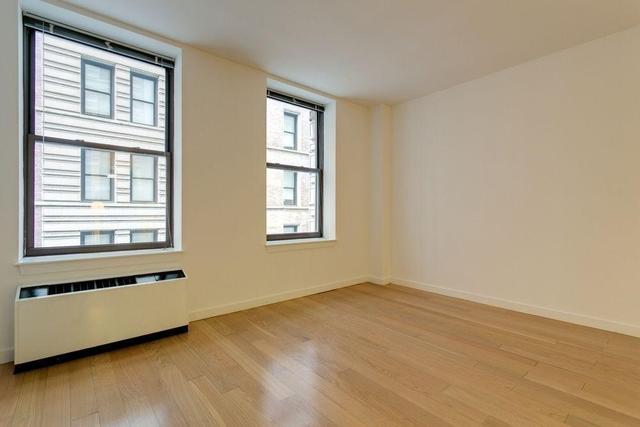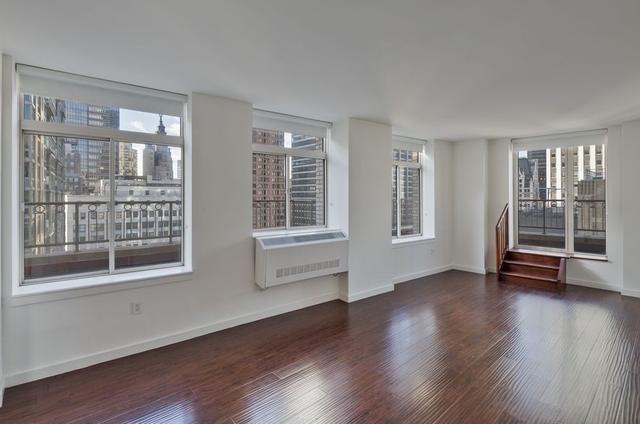
Why Is My Apartment So Dusty?
By: ROS Team
Dust is a fact of life, but having a dusty apartment isn’t something you have to just live with. By understanding what causes dust and then thinking about how to deal with the problem. You can really make a difference to the dustiness of your home.
Dust Allergies Are Serious
Dust can be a severe health issue if you have a dust allergy. Dusty particles enter your respiratory system, and the more oversized items can get stuck in your nose and mouth. Tiny particles reach your lungs, and ultrafine elements can even make it into your bloodstream! Most people won’t have an extreme reaction to dust, though many of us might become unwell if we breathe in too much of it.
Dust allergies present a variety of symptoms, including sneezing and congestion, a runny nose, a cough, an itchy throat, and watery eyes. It can also combine with asthma and cause breathing problems, wheezing, or tightness in your chest. If you react badly to dust, keeping your house dust free can be the top of your concerns.
Whether you have an allergy or not, reducing the amount of dust you’re exposed to is very important.
If you have a dust allergy, dust control is a critical issue. Even if you don’t, you’ve found this article because you’re worried about the level of dust in your apartment, and you want to do something about it.
So, What Is Dust?
Answering this question definitively is pretty much impossible. Paloma Beamer, who is a professor of environmental policy at the University of Arizona, contributed to an article in Time in 2011 with her view that:
“Dust is a hodgepodge of all sorts of things. It would probably be impossible to make a list of all the possible items.”
This might seem like a pretty unscientific analysis from a professor, but it’s still factually accurate. Even if we can’t be definitive about the specific content of dust, we do know what the general composition is.
The different types of content can be grouped like this:
- Human Contributed Dust – This would be flakes, skin cells, and human fibers, which we shed every day without even realizing.
- Pollen – which gets everywhere and is naturally designed to be transported in the air.
- Pet Created Dust – If you can’t work out what this might be, you don’t have pets!
- Manufactured Dust Components – These would be things like fabric fibers from rugs or furniture.
- Airborne Waste – Smoking can be a big contributor, as is the airborne waste from fireplaces or dirt brought in from outside by air currents.
- Living Dust – Don’t be scared, this is just microscopic things like mold, bacteria, and dust mites, and you won’t be able to see them. You need to be aware that the more dusty your home is, the more likely dust mites and other parasites will make your home their home too.
Obviously, the quantities of these sorts of things will vary between dust samples and different environments, but there are things you can do to reduce dust in your home.
Getting Dust Levels Under Control
There are some basic steps you can take to manage the dust levels under control:
- Cleaning Techniques: Always clean from top to bottom rather than the other way around so that the dust is always distributed downward and can therefore be easily cleaned. You should also try and use a damp (but not soaking wet) cloth and use wood or surface cleaners which are especially good at tackling dust particles. It’s also a good idea to have your windows open as you dust, to help with air circulation.
- Remember Dust Gathers Everywhere: Hidden areas like inside cupboards can gather dust too, as can your electronic devices as well as plain surfaces. Dusting in daylight also helps you pinpoint where it may have accumulated.
- Groom Your Pets Regularly: This can reduce the amount of pet dander that is deposited around the home daily.
- Wash Your Bedding: You shed a lot of dust, hair, and other particles when you sleep. So pay special attention to your bedroom and make sure to wash your bedding regularly.
- Select Easier to Clean Flooring: If you have a dust allergy, you will find that hardwood floors collect fewer dust particles than carpets and rugs.
- Control Your Air: Keep humidity levels low in your home since dust mites and other bugs love moisture. If you have air conditioning, then remember that the air filters inside them gather dirt and dust. So it’s good practice to change these regularly to keep your household air purer.
- Declutter Your Home: This is a serious suggestion since the fewer surfaces you have, the less room there is for the dust to settle – and the less space there is for the dust to settle!
- Windows Let Dust In: A solution isn’t boarding up your windows or keeping them closed. But instead, you should make sure that you wash your curtains and nets regularly. If you have blinds, then make sure to wipe them down as part of your cleaning routine.
Remember Gravity!
As well as cleaning from top to bottom, it would help if you also remembered that gravity means dust will naturally fall downward. This means that your floors are likely to be like a magnet for dust, especially your carpets or rugs. So, the actions you take to keep your flooring clean are probably the most important thing you can do. Even if you have hardwood floors, keeping them clean is vital.
Thinking about the science of gravity and the level of dust in every home. The best investment you can make is getting a powerful vacuum cleaner and using it regularly. You will discover that canister vacuum cleaners are especially useful in getting rid of displaced and ingrained dirt and dust.
By cleaning effectively with a vacuum cleaner and following some other simple steps. You will find that you can keep your dust under control – and your respiratory health will improve too.
Related Article:
Best Tips To Keep Your Home Healthy And Clean
Essential Cleaning Supplies Checklist For Your Apartment
Landlord vs Tenant: Who is Responsible for Cleaning
Why You Need A Weekly Cleaning Schedule 2022 And How To Make It?








